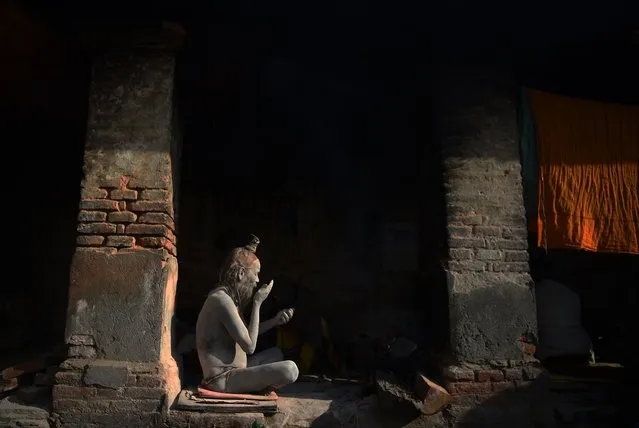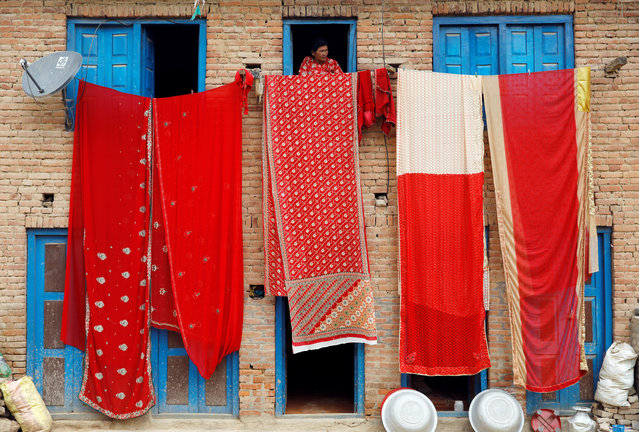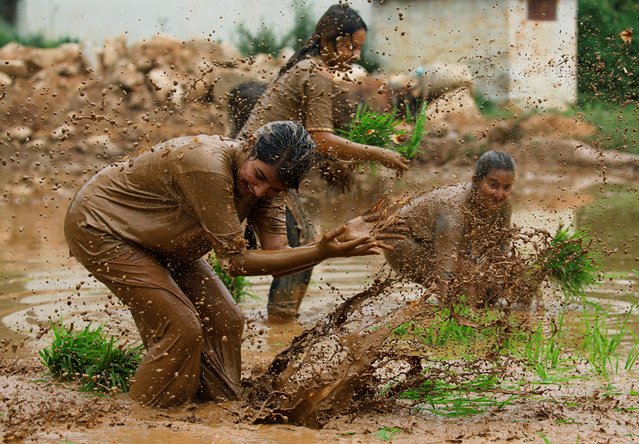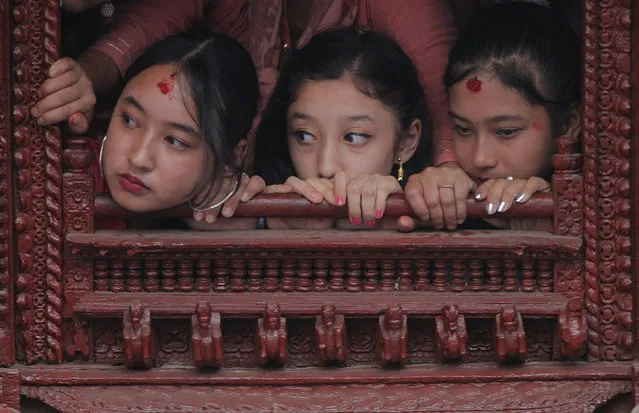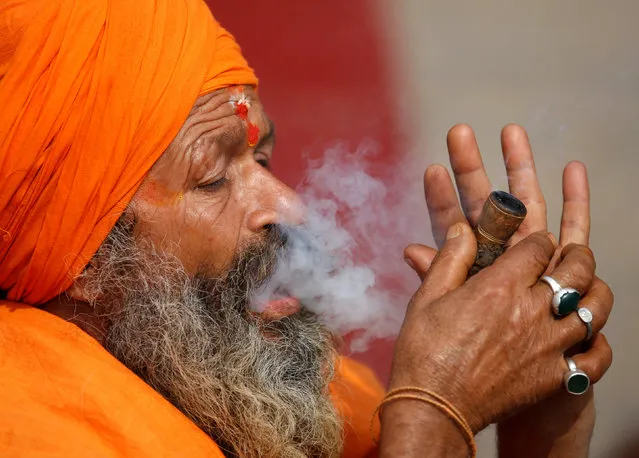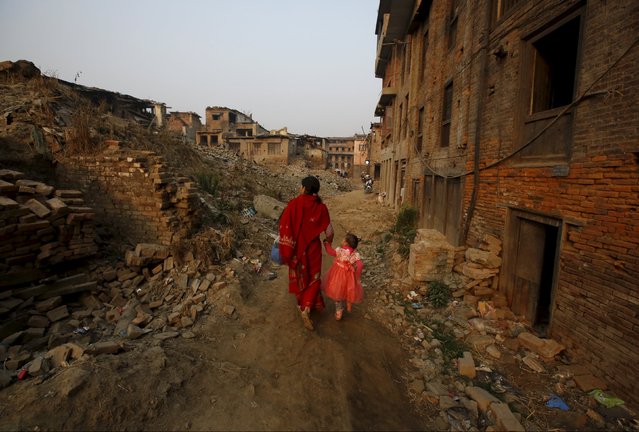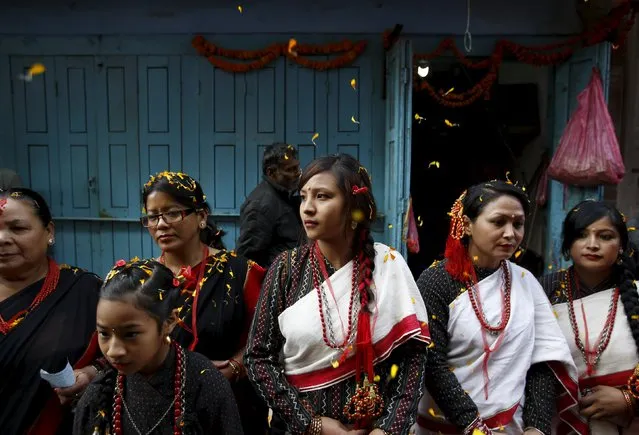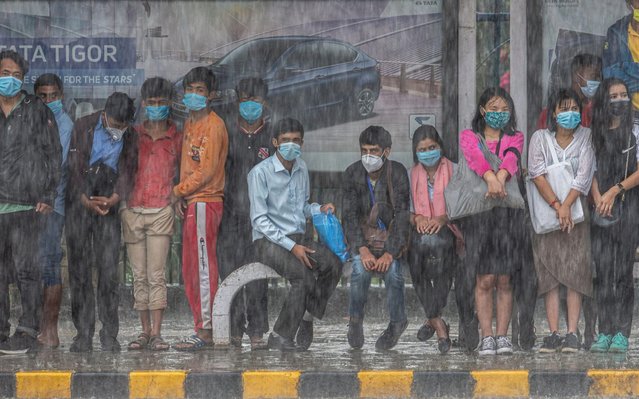
People wait at a bus stop during heavy rain in Kathmandu, Nepal on September 21, 2020. The government eased the coronavirus lockdown for economic activities despite the number of COVID-19 cases is on the rise in Nepal. (Photo by Narendra Shrestha/EPA/EFE/Rex Features/Shutterstock)
09 Oct 2020 00:01:00,post received
0 comments

